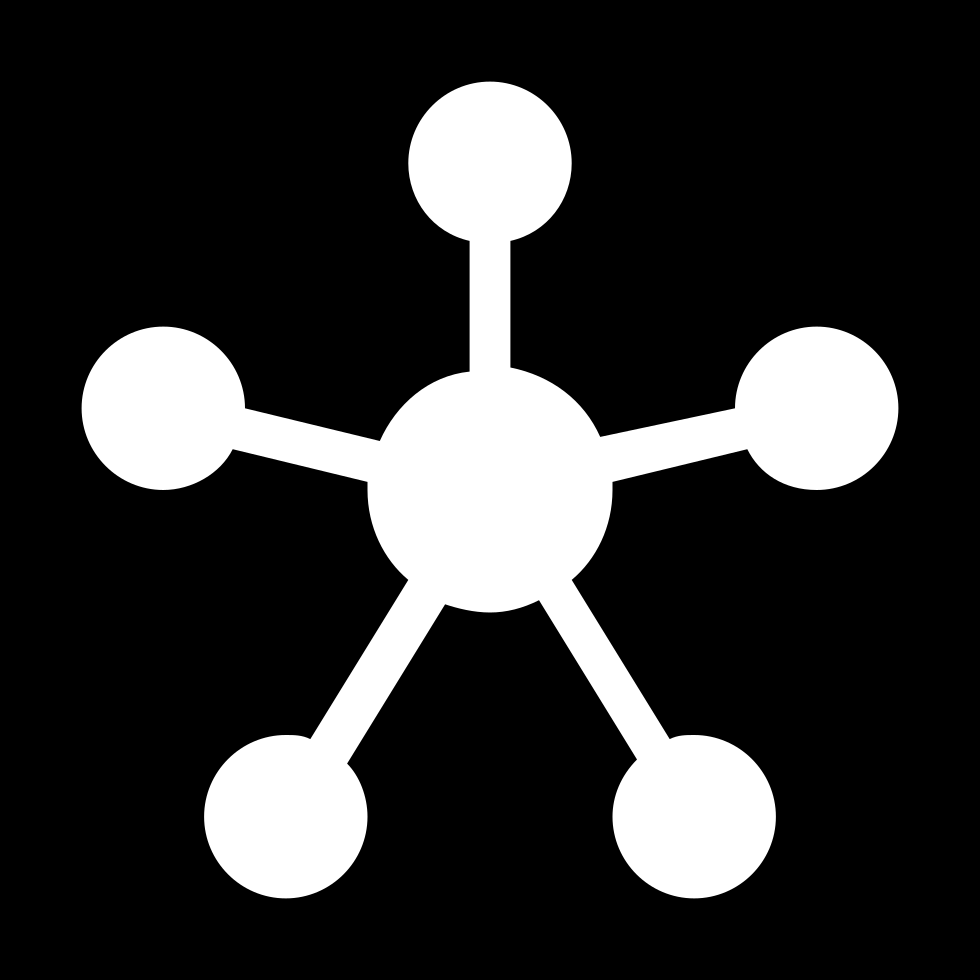For a scale business, it is important to maintain a strong market position and continually innovate to stay ahead of the competition.
The organization should focus on creating a platform ecosystem that fosters collaboration and innovation across multiple stakeholders, including customers, suppliers, partners, and developers. At this level, effective leadership, strategic planning, and collaboration are critical for success.
Model Fit
MAMOS IV is designed for large organization which are scaling multiple businesses in parallel and leveraging core assets to accelerate their product innovation, growth and demand capture.

Scale businesses
The focus is to scale multiple businesses through technology and innovation.

Platform of platforms
The main driver is to scale different business and technology platforms.

Multiple units
Usually for organizations generating over $1b of annual revenue and over 500 FTEs.
QE Blueprint
This level focuses on managing platform ecosystems of different businesses and scaling them based on demand, experimentation, and innovation.
MAMOS
Methods
“Expand”
The organizational growth requires the expansion of multiple platforms with different objectives, profiles, and practices.
The focus shifts to coordinate platforms at a whole rather than individual pieces to make sure they contribute to the overall value creation.
- Global and local OKR
- Global and local AR
- Boundaries Governance
- Platform Architecture
- CRE
- SLAs
Guiding Principles
- Develop ecosystems
- Orchestrate platforms
- High cohesion, low coupling
- Keep minimal sync points
- Ensure customer journeys
- Contain entropy
Key Changes
- Focus to decouple platforms
- Different central coordination
- Local optimization needed
- More waste at global level
- Transversal choices harder
- Global visibility hard to get
Key Choices
- Platforms architecture
- Global and local processes
- Boundaries between teams
- Autonomy per platform teams
- Local practices less aligned
- Key service levels per teams
Key Actions
- Global and local governance
- Establish and maintain rituals
- Drive progressive platforms
- Implement knowledge sharing
- Define transversal quality
ARCHITECTURE
“Scale”
The architecture of multiple businesses powered by platforms requires to be designed for scale at all layers of the architecture.
With different realities, the platforms architecture enables to first decouple businesses and technology, to then leave more difference of architectural styles within each ecosystem.
- Event-mesh
- Data-mesh
- Microservices (a.k.a. nanoservices)
- Global Hybrid Cloud
- IDP per context
- Pipeline Observability
- Operations Intelligence
Guiding Principles
- High scale distribution
- Micro in-app and between app
- Leverage architectures at scale
- Focus on inter-applications
- Manage distribution complexity
Key Changes
- Business of businesses
- Large number of software
- Different architecture styles
- Multiple technologies in use
- Event-driven is more present
- Data governance top priority
- Technical debt mandatory
Key Choices
- Architecture boundaries
- Architecture-style per scope
- Patterns and standards reuse
- Technical debt priorities
- Event-driven backbone
- Governance processes
- Monitoring solutions
- Global and local technologies
Key Actions
- Global architecture alignment
- Define platforms architecture
- Technology choices autonomy
- Patterns and standards
- Technical debt management
- Data governance
- Architecture governance
MANAGEMENT
“Empower Leadership”
The animation of multiple platforms requires different levels of leaderships able to coordinate across divisions, but also improve locally their ecosystem at speed.
New positions emerge to organize the big picture and take decisions over multiple platforms, requiring to keep connected to the reality of each ecosystem.
- Global Executive Team
- Board of directors
- Advisory board
- Assessment rituals
- Innovation management
Guiding Principles
- Keep and cascade vision
- Empower people to improve
- Ensure alignment
- Use supporting metrics
- Contains org complexity
Key Changes
- Strategic planning importance
- Multiple contexts co-exist
- Culture per ecosystems
- Innovation management
- Harder to keep alignment
Key Choices
- Global Leadership team
- Unit leaders positions
- Promote, hire, dismiss
- Key areas to develop
- Domains to reduce investment
- Processes to be global vs local
- Performance objectives
- Key rituals as a group
Key Actions
- Objectives given to leaders
- Autonomy possible per context
- Mechanisms to share globally
- Key priorities per ecosystem
- Assessment rituals
- Systematic tech processes
ORGANIZATION
“Support ecosystems”
The organizational structure of multiple businesses contributing to a larger one requires to be aligned with the global business and technology architecture.
Key roles acting as relays and high performers in each platforms are an important point to focus on to sustain the organizational growth and innovation capability.
- Enterprise Platforms
- Global career paths
- Cultural alignment workshop
- Organizational goals cascade
- Global investment decision
Guiding Principles
- Teams of teams of teams
- Multiple leadership levels
- Global and local leadership
- Maintain culture alive
- Multiple interactions mode
Key Changes
- Multiple organizational units
- Different ecosystems co-exist
- Larger investment choices
- Overall performance vary
- Local leaders more important
- Culture required for alignment
- Innovation comes from slack
Key Choices
- Keep or change the CTO
- C-/VP/Staff levels needed
- Promote, hire, dismiss
- Structure of organizations
- Level of reuse and sharing
- System goals and incentives
Key Actions
- Define organization boundaries
- Set clear responsibilities
- Clarify organizational goals
- Set division drivers
- Align level of autonomy
- Align resources with ambitions
- Setup incentives system
- Act as the culture
- Focus on key relationships
SKILLS
“Foster Expertise Growth”
The competencies required in each platforms will very depending on multiple factors such as the product, organizational maturity, and talent availability.
One key driver is to foster the a positive ecosystem of attraction and retention pushing for continuous innovation and development.
- Learning ecosystems
- Tech partnerships
- Open-source
- Communities of Practices
- OSPO
- Coaching program
- Mentoring program
Guiding Principles
- Foster learning ecosystem
- Develop tech partnerships
- Leverage communities
- Build coaching and mentoring
- Reward learning
Key Changes
- Animate skills’ ecosystem
- Some partnerships are critical
- Communities more importance
- Internal sharing are necessary
- Skills incentives must be set
Key Choices
- Skills to focus on
- Partners for specific skills
- Communities to animate
- External visibility to prioritize
- Skills incentives
Key Actions
- Define skills to focus on
- Secure key partnerships
- Animate communities
- Ensure internal sharing
- External visibility priorities
- Skills incentives mechanisms